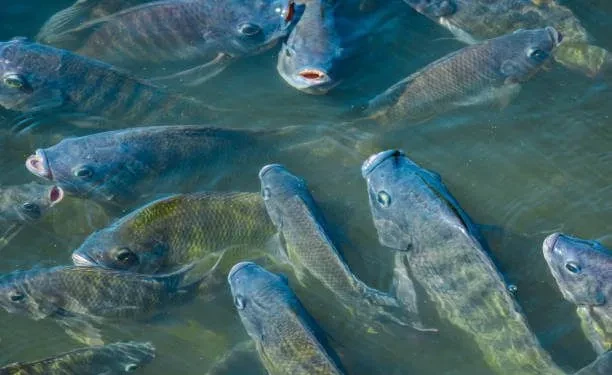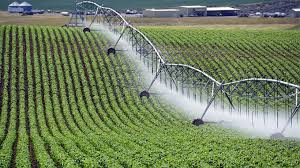
ON May 13, 2023, Piggy organised an investor tour to Mukwene Fish Farm. The purpose of the tour was to educate visitors on how to set up and run a profitable fish farming operation.
Fish farming involves the commercial breeding of fish, most often for food, in fish tanks or artificial enclosures such as fishponds. It is a particular type of aquaculture, which involves the controlled cultivation and harvesting of aquatic animals such as fish in natural or pseudo-natural environment.
Fish farming is the fastest growing area of animal food production, and it is estimated that 50% of the fish consumed globally are raised in these artificial environments.
While fish farming is practised worldwide, China alone provides about 60% of the world’s farmed fish production. Piggy notes that fish farming has turned out to be a fast-growing business in most parts of Zimbabwe witnessed by several farmers, who have ventured into the trade, which is now yielding positive financial returns.
As a major source of food and protein, fish is in high demand and prices are firm in tandem with population growth. In addition, fish farming is fast gaining momentum because of its untapped potential to generate employment and improve food security as it provides highly nutritious animal protein and important micro nutrients.
Fish farming business ventures in Zimbabwe are largely sustained by strong demand.
According to official statistics, Zimbabwe’s fish output averages 18 400 tonnes every year against estimated demand of about 60 000 tonnes.
Generally, Piggy recommends the Tilapia breed which can be reared in earthen ponds, ponds with liners, cages and raised tanks. The Nile tilapia is the most popular, globally farmed tilapia species.
- Mavhunga puts DeMbare into Chibuku quarterfinals
- Bulls to charge into Zimbabwe gold stocks
- Ndiraya concerned as goals dry up
- Letters: How solar power is transforming African farms
Keep Reading
Below are some important fish farming tips:
Stocking
Stock the pond with all male tilapia fingerlings. All male means that over 98% of the fish are male. The use of mixed sex tilapia is not recommended because (i) males grow faster than females and (ii) mixed sex tilapia will start to reproduce after a few months.
Spending a bit more money on buying good-quality, male tilapia fingerlings of good size from your trusted fingerling producer will pay off at harvest.
Feeds and feeding
Make sure you check the feeds before you accept delivery or before you buy.
Store the bags on a pallet off the floor and not against the wall. Make sure the bags and the feed are dry and free of mould.
Verify the size and shape of the pellets (they should be almost round).
Feed the fish twice a day, in the morning and early afternoon. Recommended feeding times are between 11am and 4pm. Always feed the fish at the same time and at the same place of your pond.
Do not feed your fish when they are not responding. This could be an indication of low temperature or water quality problems.
Fish sampling
Sample your fish every month to calculate the total weight and individual weight. This allows you to calculate the growth, daily feeding rations and food conversion ratios. You can only estimate the population of your fish after sampling.
Fish harvesting
Fish should be ready to harvest within six to nine months. Stop feeding the fish two days before harvest.
Prepare the tools (seine net, plastic buckets, weighing scale) and labour for harvesting.
During harvesting, handle fish with care to avoid damage and post-harvest losses; always wet your hands/equipment and keep the fish as long as possible in the water.
Partially drain the pond very early on the day of harvest.
Market
Before you start fish farming you should have studied the market.
The client is king: notify your customers one to two weeks before harvesting, it is good to bring a sample before so there are no surprises.
Figure out what size and how they want the fish: whole, gutted, descaled or deep fried?
Plan early to avoid surprises and do not let your customers down; give honest and good information.
Some companies in Zimbabwe that have fish farming contracts buy back fish at around US$2,50/kg and wholesale to supermarkets. There is scope to retail at a prices around US$4/kg
Overall, fish farming has the potential to make a significant contribution to nutrition, income generation and employment in Zimbabwe. Get more insights about fish farming projects by joining a PiggyBankAdvisor WhatsApp Group (+263 78 358 4745).
Matsika is the managing partner at Mark & Associates Consulting and founder of piggybankadvisor.com. — +263 78 358 4745 or [email protected]/ [email protected]











